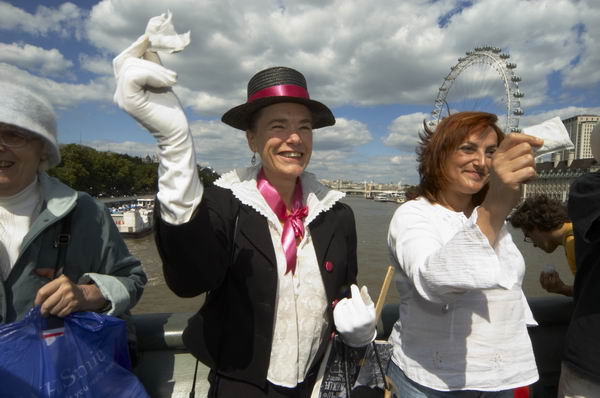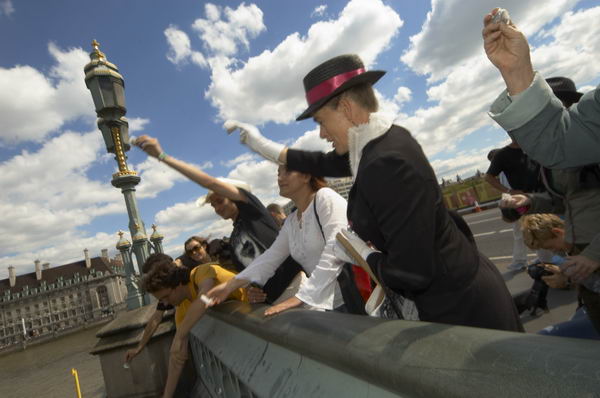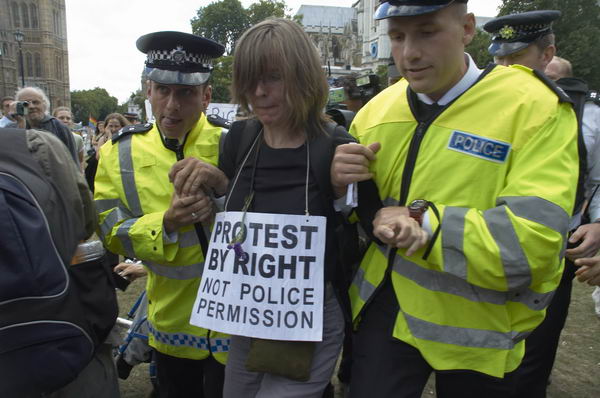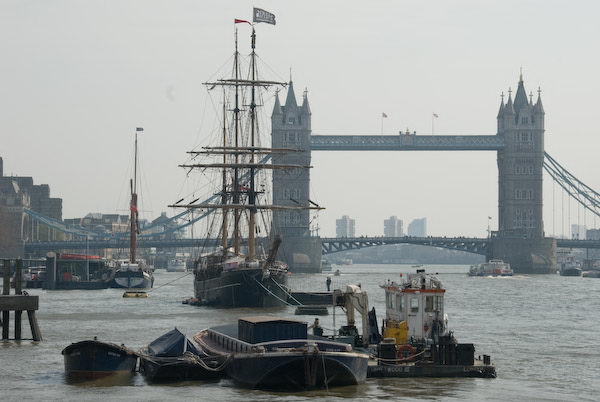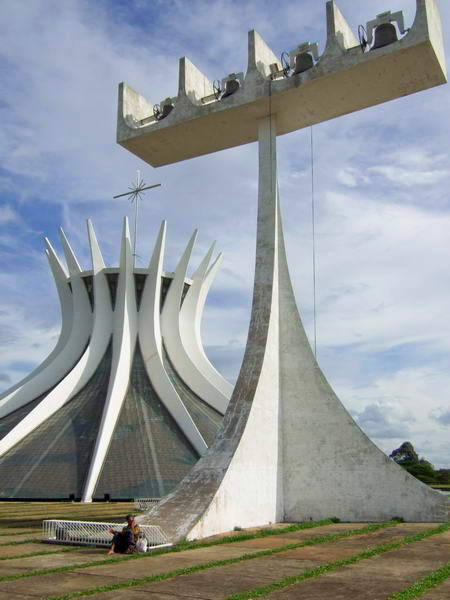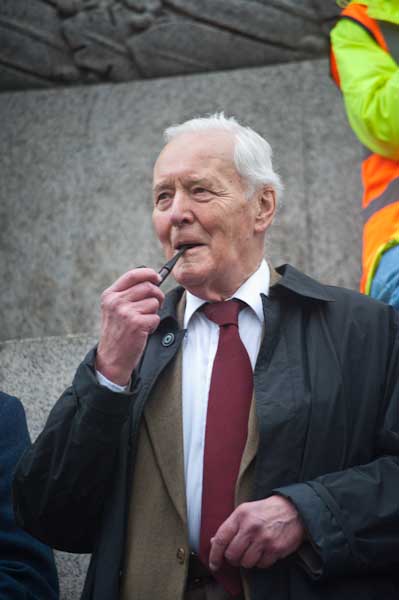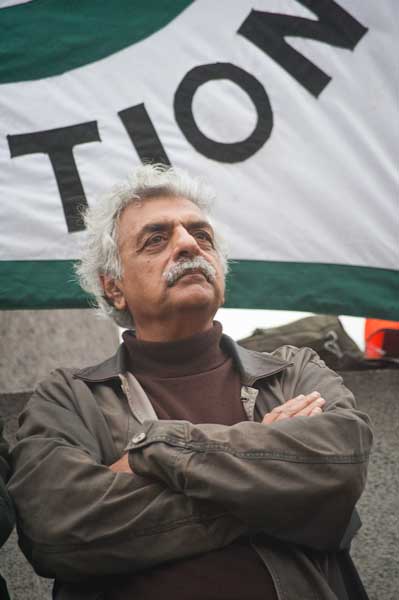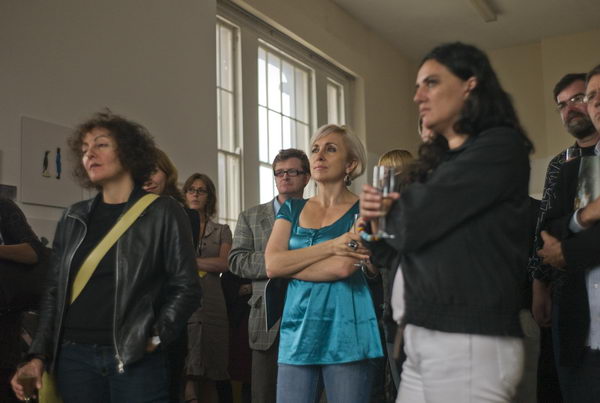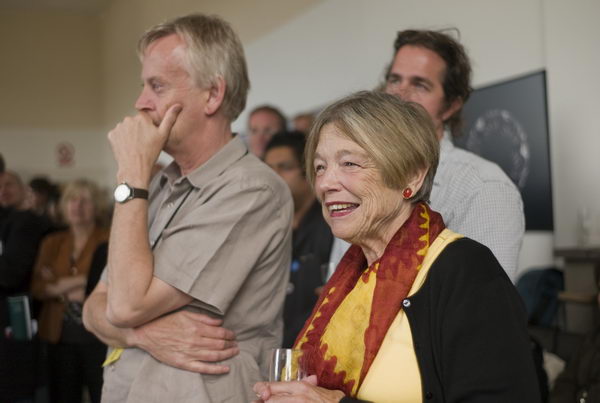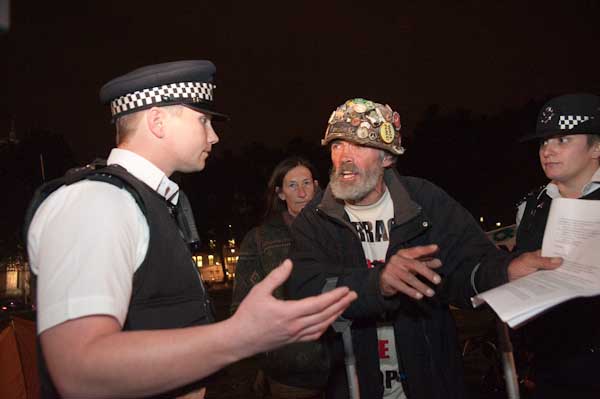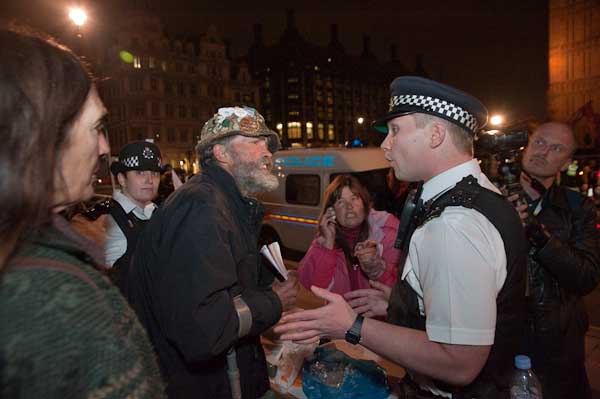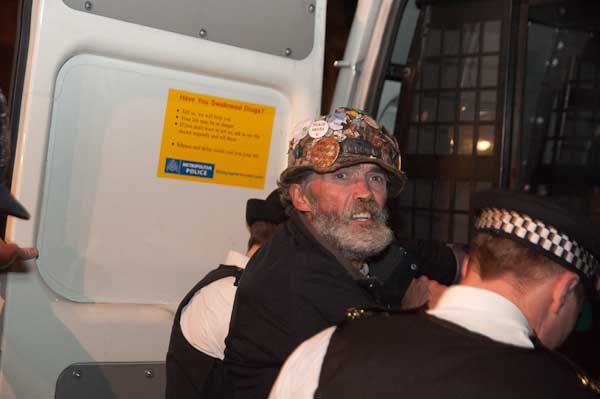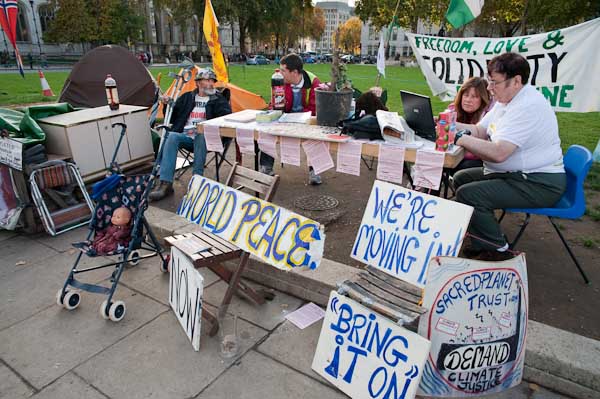Although I now write ‘for free‘ that hasn’t always been the case, and may not always continue to be so. For eight years I wrote about photography for money (as well as out of obsession), and in a good month it made me enough to live on. Not that the readers paid directly for my content, but that the site I was writing for made quite a lot of money from advertising of various kinds. Often bloody annoying, but it paid my bills.
Almost all print magazines rely on advertising to pay for the content – the cover price is seldom enough to do so. On the web, few publications have managed to make a significant income from any source, but it can be done. There are a few excellent sites that do get money from subscriptions and from advertising, but for someone like me who has chosen (if only after being sacked) to go it alone, it isn’t easy.
This site – and ‘My London Diary‘ on which I present my own photography do very occasionally generate sales of my prints or fees for reproduction, but the return is very small for the hours of work I put in. Essentially I subsidise the writing of these sites by other activities, including sales through agencies, the occasional commission and so on. I’m always happy to consider suitable work in the London area – and every blue moon the site throws up a job from someone who likes what they see.
But I’d like to spend more time writing, and writing seriously about photography is very time consuming. A considered review of a web site, show or book really requires several days of work, and the longer features I used to write weekly on photographers and aspects of photography took even longer.
A D Coleman is a writer on photography whose work I admire – though of course I don’t always agree with his views. But where I’m a hundred per cent with him is in the series of features on his Photocritic site, Jeff Ward Wants My Writing Free – #1 and #2.
He quotes Ward as saying”the future should be open and accessible [online] repositories. and that Monetized knowledge is suspect, for me at least I dont buy it.
Unless someone pays for it, much of it simply won’t be written, or at worst we may be limited to writing by academics and museum curators – although they are usually pretty good at marketing their work for secondary payments – and there is no criticism implied in that. But already doing it for a living they have the choice of goivng it away should they decide to do so.
What we need is some financial model that encourages and rewards good writing – and also of it goes without saying, good photography that is worth writing about, something which is also gettting increasingly hard to market.
The number of readers of this site are an order of magnitude less than the site I was paid to write for but still significant. This blog, >Re:PHOTO, got over 86,000 page views for in October, and there were roughly the same number for My London Diary. And neither are the kind of site that people are likely to arrive on by accident, so this represents a significant audience, and I’m very pleased that people think it is worth reading my rambles and viewing the pictures.
At the moment I’ve no plans to introduce adverts, as I like the the site without them, but it’s hard to see how I can keep it that way in the longer term as income from photography seems generally to be declining. And the advantage of getting money from writing is that I would be able to devote more time to writing rather than doing other things to keep bread on the table.
In #3 of the series, written on Sunday, Coleman talks a little more about “the project I subsidize, organize, edit, and publish online, the Photography Criticism CyberArchive, a deep repository of historical and contemporary texts on photography and related matters by a wide range of authors.” I suppose I should declare a sort of interest. When he wrote to me about this some years asking if I would be interested in putting any work in there I certainly wanted to do so but the small print of my lengthy contract with About.com, Inc made it impossible for me to do so.
This didn’t mean then that that galleries around the world were free to rip off my stuff, although many did, while others who asked had to fill in forms and pay and send the fees to About.com, though I wasn’t always sure that I got my 50% from them it did sometimes happen. And of course students etc who asked were always told that so long as it was properly acknowledged they were free to quote me. I often wondered what proportion did ask, and certainly in the early years before anti-plagiarism software came into wide use could claim – probably with some substance – to have gained degrees at a number of US universities.
But, rather more seriously, the fact that I couldn’t put work into the PCCA in the longer term has meant it is no longer available at all. About.com withdrew it from the web a few months after they terminated my agreement, and neither they nor I can use it without paying the other. In perpetuity. Or possibly until a large group of former employees decide to take out a class action.
I have of course rewritten a few pieces, and posted these, but it is time-consuming, bringing things up to date, correcting errors and simply changing my mind or having new thoughts means it takes at least as long as producing the original, and with several thousand pieces (of which perhaps a few hundred are worth republishing) its a daunting prospect.
Fortunately I was rather more careful with images. Apart from those of a purely instructional nature – such as how to load a film tank – I was careful only to use pictures of my own that I had previously published elsewhere and grant About.com a specific single use licence just the same as those I was required to get from other photographers except for truly public domain imagery.
So when I put up a slide show of my images from Paris – and here’s a fairly random image from it –
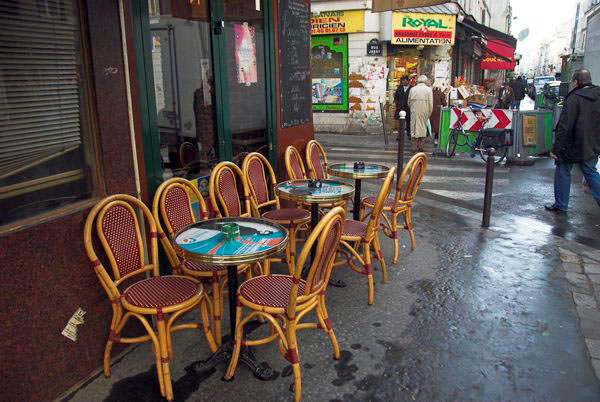
they were from a set that I’d previously published on my own web site, where you can still see the thumbnails and full 58 images, including a few from Paris Photo where I’d still like to be going in a week or so’s time. But I’ll j ust have to make do with looking at those pictures from previous years, including last year’s PARIS SUPPLEMENT to My London Diary.
Back to the PCCA. It makes content available by annual subscription for personal study etc. As he makes clear “its really designed with institutional subscription in mind a situation in which one subscription fee would pay for access by a sizable user base.” Students and academics often forget that much of the material on the web they can access without payment they can only do because their institution has paid for a licence to services such as JSTOR .
But PCCA at the moment is subsidised by Coleman, partly because its content base is not large enough and also in a highly specific area, so attracting relatively few subscriptions, but mainly because unlike larger services such as Lexis-Nexis or JSTOR it is set up to look after the interests of the creators, paying them for their materials, rather than those of the publishers.
I’ve contributed a few essays to academic journals over the years that are now available through JSTOR. Of course there was no payment for the material by the journals, and I was never asked permission for them to put it on line or otherwise reuse it. Journals will get something for allowing their material to be used, but not those who actually provided the material.
You can read more about the details of PCCA in the feature and also at it’s web site. We are promised more features in the series.
